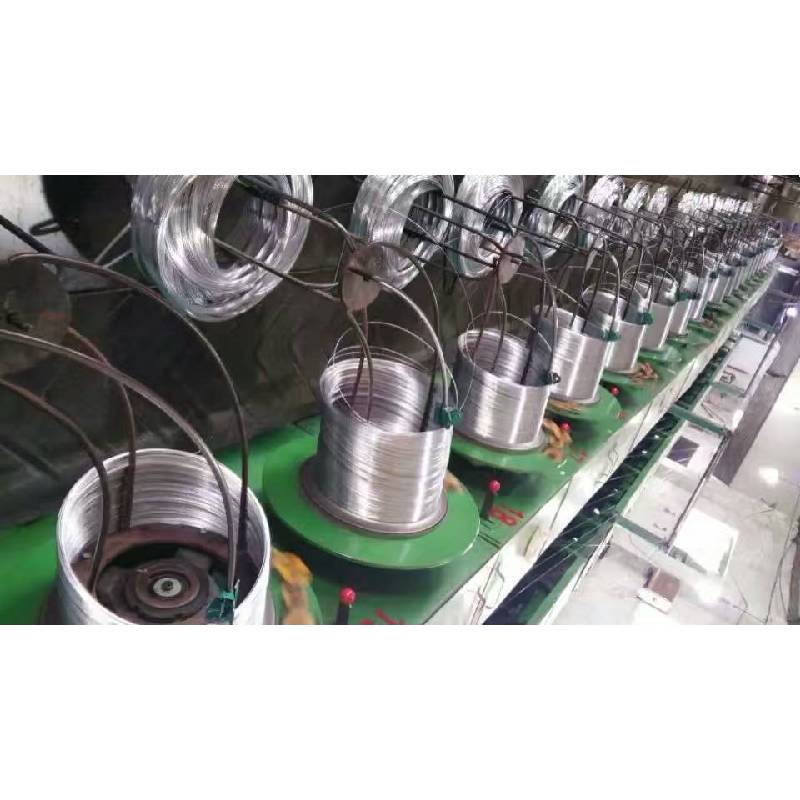
- Mobile Phone
- +8613931874955
- sales@cntcmetal.com
Butterfly Ties for Reinforcing Cavity Wall Structures in Construction Projects
The Impact of Butterfly Ties on Cavity Wall Construction
In the realm of modern construction and architecture, the integration of innovative materials and techniques has substantially reshaped how buildings are designed and constructed. Among these innovations, butterfly ties serve as a notable component in the domain of cavity wall construction. Understanding the role and significance of butterfly ties within cavity wall systems is crucial for architects, engineers, and builders aiming for both structural integrity and energy efficiency.
Cavity walls are a type of wall construction consisting of two separate layers or skins with a gap, or cavity, between them. This design provides several advantages, including improved thermal insulation, moisture control, and enhanced structural stability. However, the effectiveness of cavity walls largely depends on the proper use of ties to bond the two layers. Here is where butterfly ties come into play.
The Impact of Butterfly Ties on Cavity Wall Construction
One of the primary roles of butterfly ties is to maintain the structural integrity of cavity walls. By securely anchoring the two wall leaves, these ties prevent the outer leaf from swaying or tilting due to wind pressure or other forces. This is essential not only for the safety of the building but also for maintaining the aesthetic quality of the façade. As buildings are exposed to the elements, they naturally experience a range of stresses and strains. Effective ties like butterfly ties offer the necessary support to withstand these challenges.
butterfly ties cavity walls

Moreover, the design of butterfly ties contributes to energy efficiency. The cavity between the walls can be filled with insulating materials, significantly reducing heat loss and improving overall thermal performance. By utilizing butterfly ties, builders can better ensure that the insulating layer remains in position, thus maximizing its effectiveness. This is increasingly important as more building codes and regulations emphasize energy efficiency and sustainable construction practices.
In addition to structural benefits, butterfly ties also significantly enhance moisture control within cavity walls. One of the critical challenges in cavity wall construction is preventing water ingress, which can lead to various issues such as mold growth, structural decay, and damage to interior finishes. Butterfly ties help to channel any moisture that does penetrate the outer wall, directing it down toward weep holes at the base of the wall. This drainage capability is essential for maintaining a dry and healthy living environment.
Furthermore, the installation process of butterfly ties is relatively straightforward, making them an efficient choice for builders. Their design allows for quick and easy anchoring, which can help reduce labor costs and construction time. When integrated into cavity wall systems, they provide a reliable solution that aligns with the project's timeline and budget constraints.
Though the advantages of butterfly ties are significant, it is essential to ensure they are correctly installed and specified. Improper installation can undermine the benefits they provide, leading to potential structural issues and moisture problems down the line. Therefore, it is crucial for construction professionals to be well-versed in best practices for using butterfly ties. Specifying the correct materials and following rigorous installation guidelines is paramount to ensures long-term performance.
In conclusion, butterfly ties serve as a vital component in cavity wall construction, providing robust structural support while enhancing energy efficiency and moisture control. Their unique design and functionality make them indispensable in modern construction practices, particularly in climates that challenge building integrity. As the construction industry continues to evolve, the importance of reliable, innovative solutions like butterfly ties cannot be overstated. They represent a merging of engineering excellence and architectural vision, paving the way for safe, efficient, and sustainable building designs. By embracing such advancements, we can look forward to creating spaces that are not only functional and beautiful but also resilient in the face of changing environmental conditions.
share:
-
Why Sacrificial Formwork Is Redefining Underground ConstructionNewsJun.06,2025
-
The Structural Dynamics of Modern Concrete: How Snake Spacers Revolutionize Flexible ReinforcementNewsJun.06,2025
-
Snake Spacers Smart-Lock Concrete Reinforcement with Surgical PrecisionNewsJun.06,2025
-
Snake Spacers: Reinforcement Precision for Modern Concrete ProjectsNewsJun.06,2025
-
Snake Spacers Powering Concrete's Structural DNANewsJun.06,2025
-
Slither into Success: Snake Spacers' Precision Bite for Unbreakable ReinforcementNewsJun.06,2025
-
Sacrificial Formwork: Building Stronger, Faster, and Safer StructuresNewsJun.06,2025



















